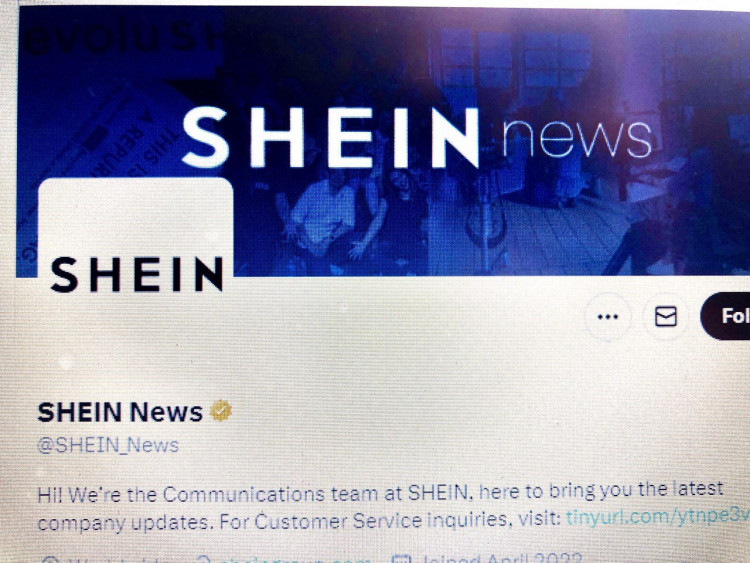Summary: Amid a worsening macroeconomic environment, a drop in valuation, and challenges from Temu, fast-fashion newcomer Shein faces increased uncertainty.
As Western economies teeter on the edge of a recession and global IPO and venture capital activities cool down, Shein, the much-vaunted fast-fashion newcomer, is facing greater uncertainties.
On Wednesday, sources informed The Wall Street Journal that Shein has raised $2 billion in its latest funding round. However, this has brought the company's valuation to $66 billion, more than a third less than its $100 billion valuation a year ago.
The insiders reported that Shein's revenue in 2022 was $23 billion, surpassing H&M's $22.3 billion and closing in on Zara's parent company, Inditex, with $35.3 billion. Its net profit stood at $800 million. Shein has set a growth target of 40% for this year's revenue.
With the IPO market cooling, Shein's valuation has slid. Last April, Shein completed a $1 billion financing round involving Tiger Global Management, Sequoia China, Transatlantic Investment Group, and Shunwei Capital, taking its valuation to $100 billion, more than H&M and Inditex combined.
Shein's last funding round came at the end of the tech stock bull market when tech companies were flush with cash, the IPO market was hot, and speculators believed they would see substantial returns once Shein went public.
However, following the Federal Reserve's most aggressive interest rate hikes since the '80s, tech industry growth slowed, massive layoffs were initiated, stock prices were under pressure, and the IPO market froze. In this bear market, Shein's valuation fell correspondingly.
According to The Wall Street Journal, Shein's latest round of financing was led by Sequoia Capital, the Transatlantic Investment Group, and UAE sovereign wealth fund Mubadala, all of whom had participated in Shein's previous fundraising. All investors from the April round last year will reprice their investments based on the new valuation, which means they will get more company equity.
Some current investors believe that the lower valuation gives Shein room for growth if the IPO is successful.
Shein's success largely comes from its ultra-low pricing strategy and its demand-driven production model: it has no physical stores, and its T-shirts priced as low as $5 and cocktail dresses at $20 are popular among young consumers in the U.S. and Europe. Additionally, Shein uses algorithms to predict market demand, then produces in small batches, keeping inventory pileup far lower than its competitors. According to a report by Boston Consulting, Shein's inventory turnover is about 40 days, less than half that of H&M and Inditex, which reduces markdowns and waste.
However, another Chinese company, Pinduoduo's Temu, is challenging Shein. In February, Temu spent $100 million on a "shop like a millionaire" ad during the Super Bowl, drawing widespread attention. According to Sensor Tower, Temu was launched in the U.S. in September, and just two months later, its app downloads surpassed Shein's, with the number of active users constantly increasing.
Analysts say that although both companies are synonymous with cheap products, Shein sells its own brands, while Temu is a platform that does not design or produce but recruits third-party sellers to open online stores on its platform. After sellers send their products to Temu's warehouse, the company is responsible for delivery, marketing, promotion, and after-sales service.
It was previously mentioned on Wall Street that not only does Temu's growth speed rest on Pinduoduo's past success, but also the cooperation of a huge supplier group. However, as Temu controls pricing, suppliers are quite passive in the cooperation, with supply prices being continuously pressed down, and making money is not easy. Currently, some merchants are skeptical about the future as they are not making profits.
Now, Shein is also about to launch a platform model in the U.S. Currently, Shein has already launched a platform-style mall in Brazil and Mexico and is recruiting new sellers. Whether it is Shein expanding its product range (multi-brand operation) or launching a platform model, it is bound to compete with Temu, which also relies on China's supply chain and focuses on low prices. In terms of cost-effectiveness, Shein, established in 2012, gets 3-4 times as much traffic as Temu.






